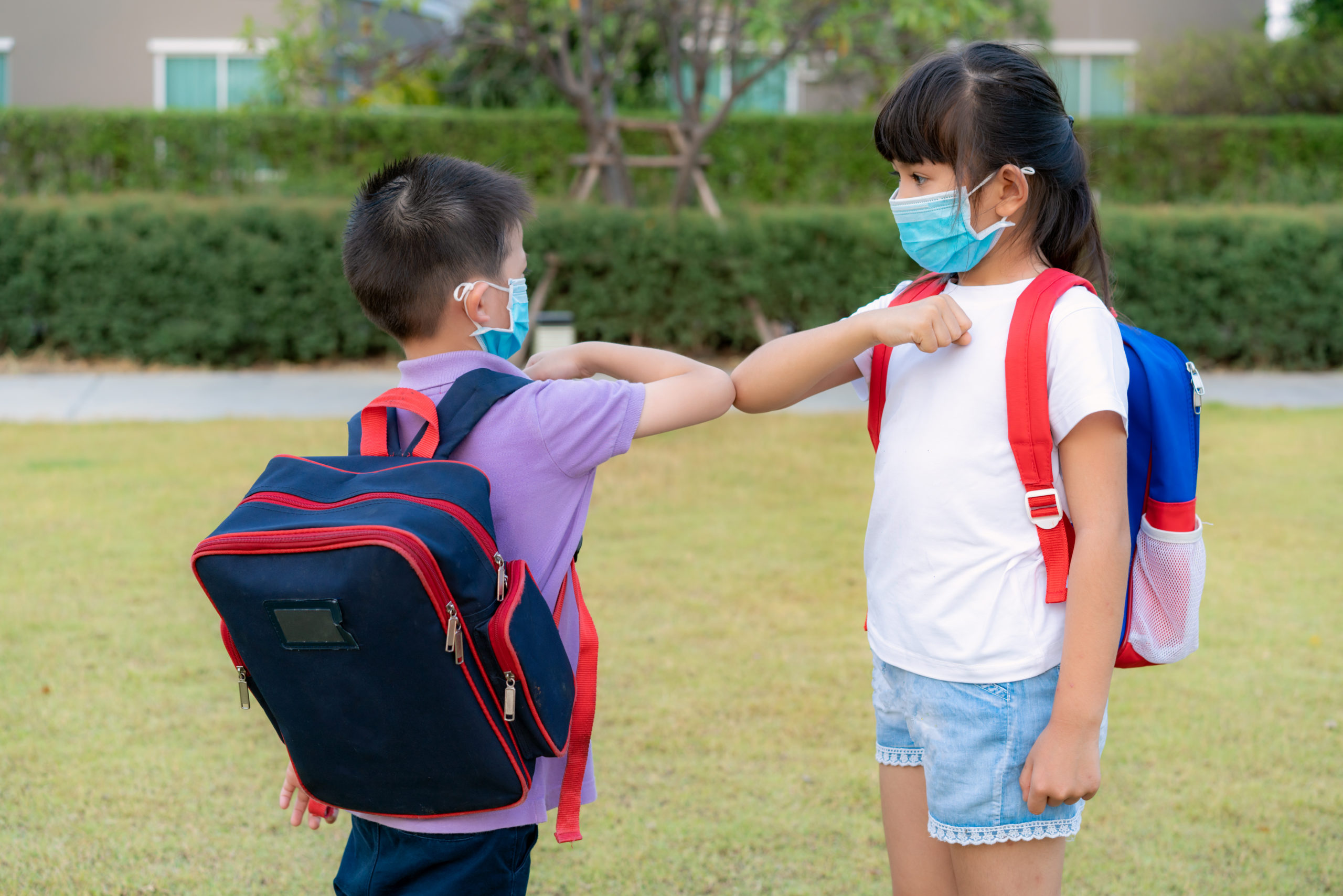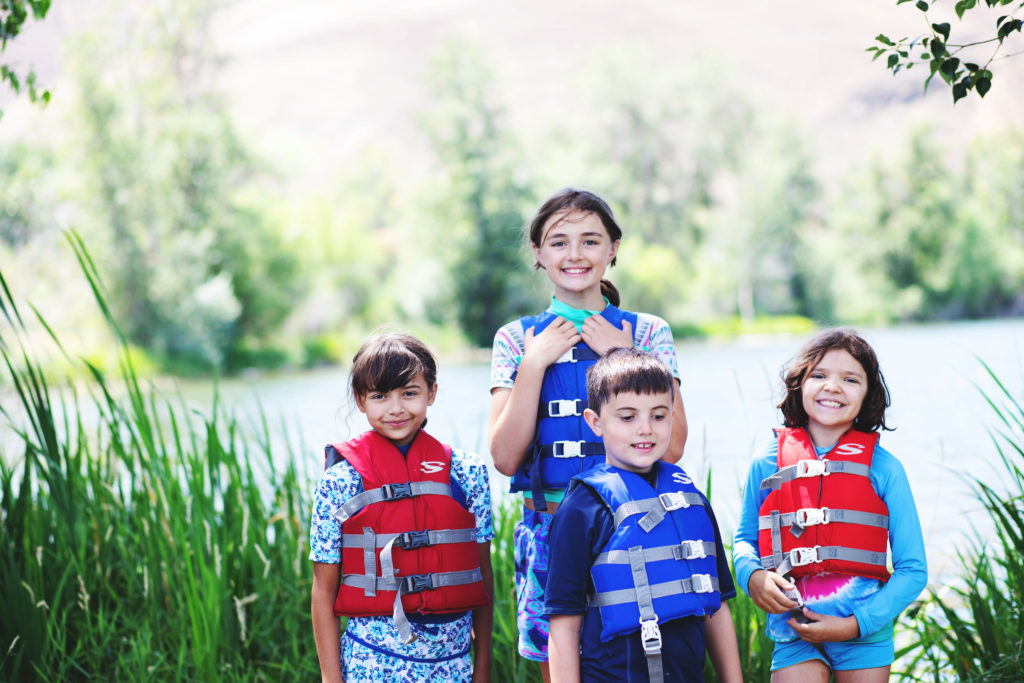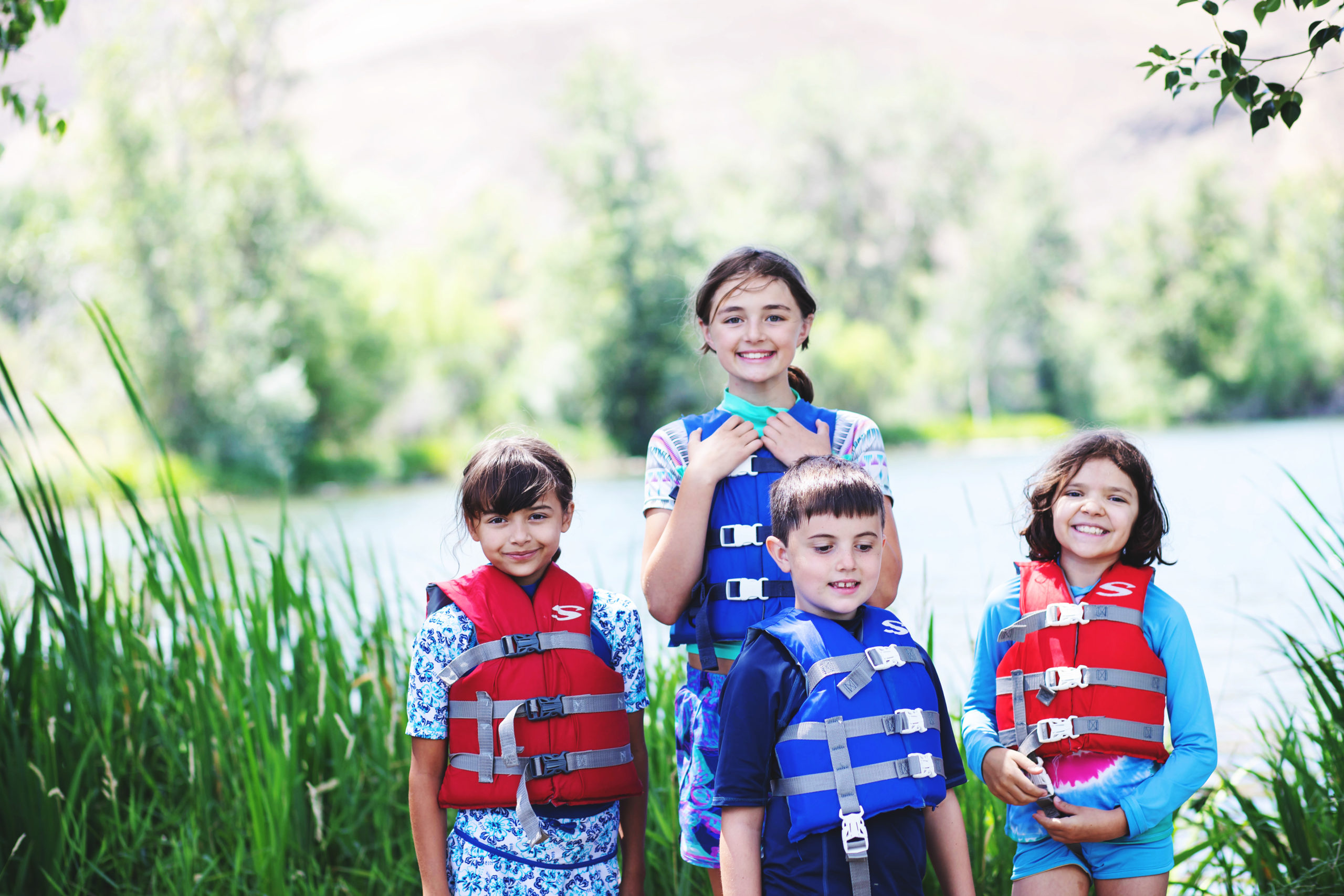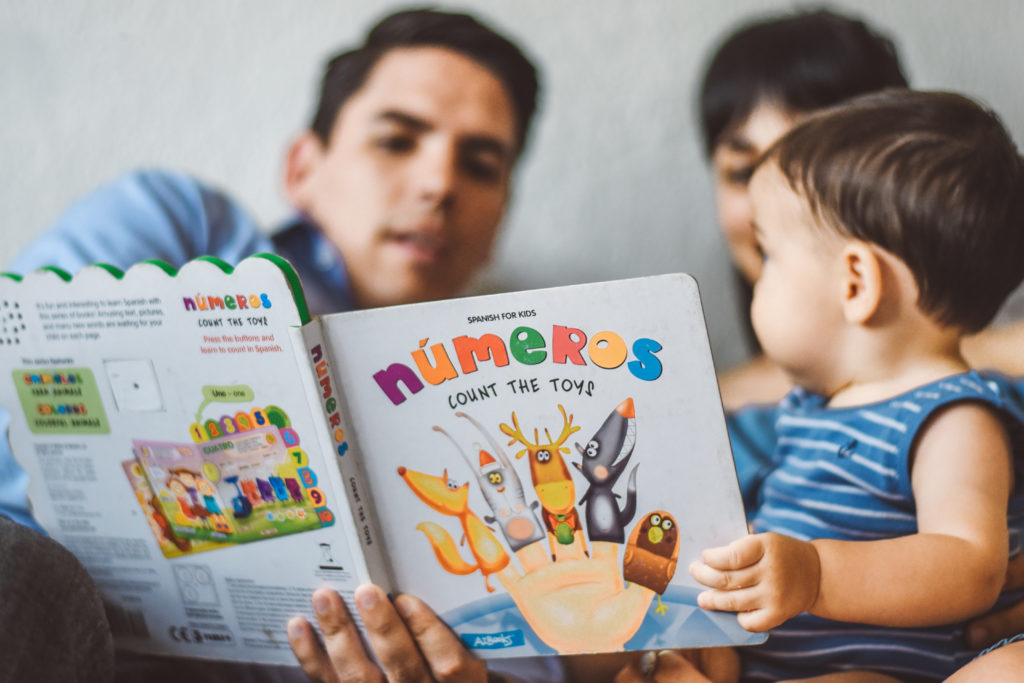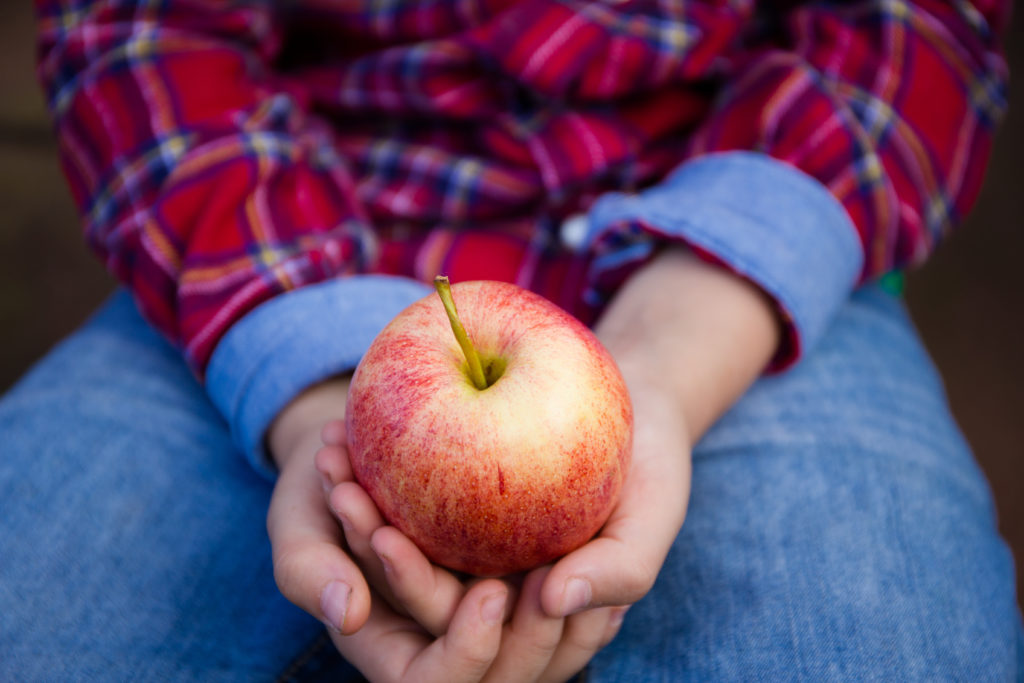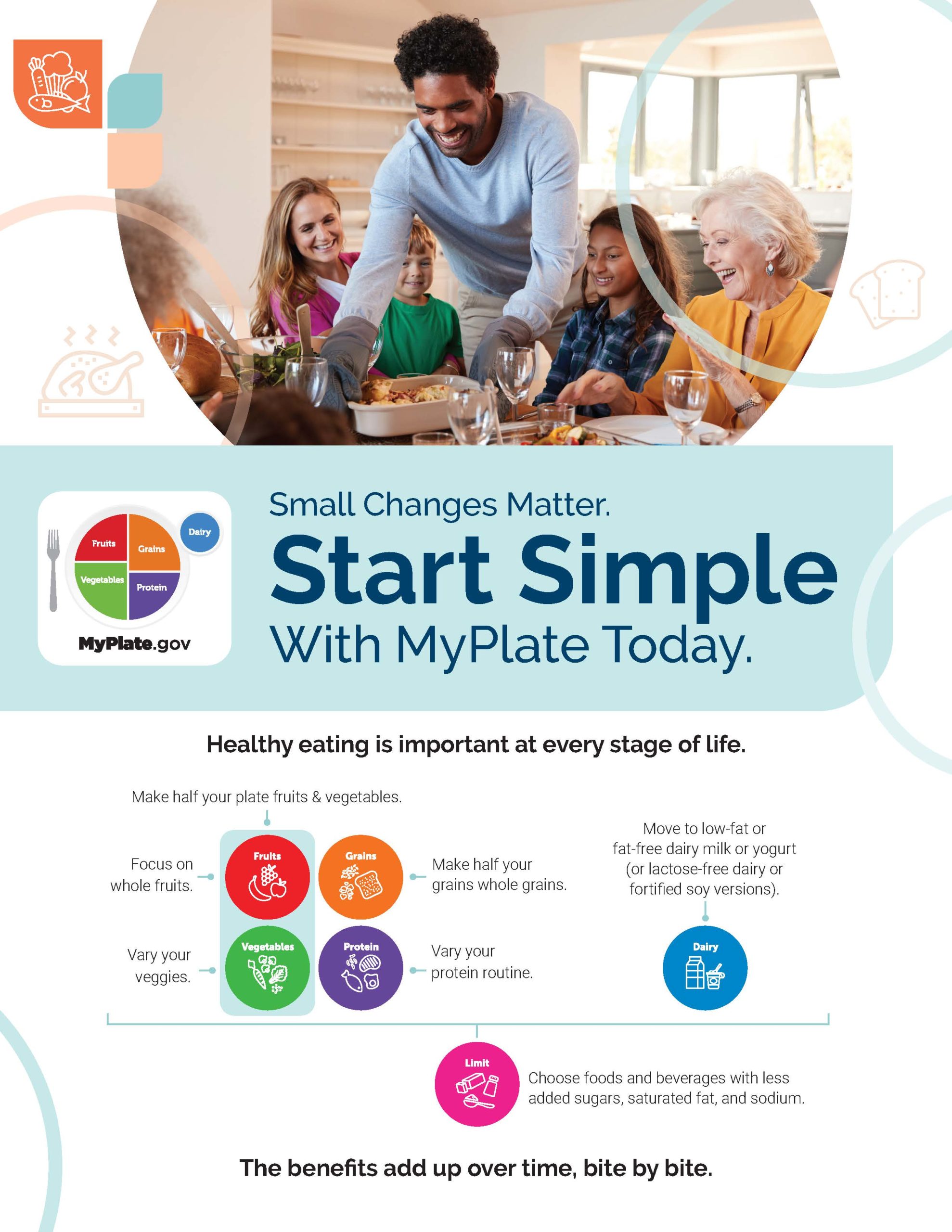Contributor Dr. Elise Herman
We all want to feel connected to our kids, but as they become teenagers, it may seem harder to engage them in conversation. Between their appropriate need to become more independent, their frequent use of their phones and social media, and all of life’s distractions, how can you create opportunities to have an honest conversation with your teen? Here are some suggestions that might help:
Be a good listener: Ask open-ended questions, avoiding those which would have a short “yes” or “no” answer. Do not interrogate but ask with a desire to learn- about their school day, friendships, and interests. Avoid lecturing and try to reserve judgment unless there is a real safety issue. If you disagree with what your child says, ask why they feel a certain way; try to see things from their point of view. Often, teens want to chat about a concern but do not want you to “solve” it. Ask if they like your advice or help before offering. Remember to listen without the distraction of phones or computers.
Empathize: Your teen has a lot going on with social media, relationships, and school pressures. Life is likely more complicated for them than it was when you were their age. Listen and empathize; don’t discount their feelings and struggles.
Please respect their privacy: Do not share your conversations with others. You want your teen to feel safe and comfortable being open with you.
Location counts: The dinner table is an excellent place to chat casually about school, activities, etc. (research has shown that regular family meals decrease risky behavior in teens). Start the family dinner habit when kids are young and keep it going as much as possible through the teen years. Even if they are quiet at the table (don’t force anyone to talk), connecting as a family is essential. When driving, it is also a great time to chat, especially if it is just the two of you. Frequent brief conversations are more accessible than longer, more formal ones and can make you both feel connected..

Let your teen lead:
Encourage confidence: You know your teen and their strengths. Let them know you believe them to be capable of handling challenging situations but that you are always there for them, too, to be a sounding board or assist if it is appropriate.
Having regular, non-judgmental chats with your teen can maintain open lines of communication and increase your emotional connection. In addition, this will make it easier if they need to come to you to discuss important issues such as relationships, sexuality, mental health, or substance abuse.
more about The contributor

Dr. Elise Herman
Dr. Herman is passionate about community health outreach, school programs, and child/family health and wellness. She has more than 31 years of experience as a pediatrician in Ellensburg, Washington, the last 3 with KVH Pediatrics. In 2022 Dr. Herman mostly retired from practice and continues to contribute blog posts and remain a visible advocate for kids in the community.







